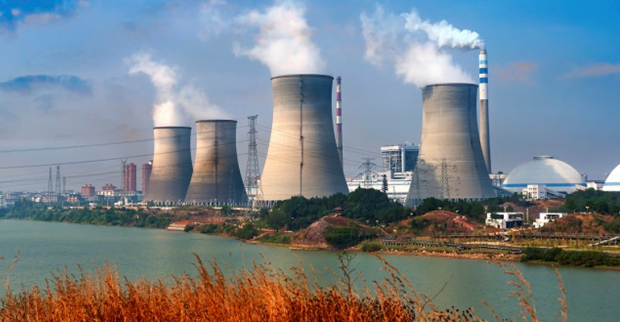ASEAN cooperation in energy sector must now evolve into integration
ASEAN is set for remarkable growth and opportunity. Its 10 member nations represent a market of more than 600 million consumers and a combined gross domestic product of nearly US$3 trillion. These figures are increasing by the day, and the region’s prosperity and stability continue to grow.
As ASEAN grows, a reliable, accessible and sustainable supply of energy will be essential. South-east Asia’s energy consumption is expected to more than double over the next two decades.
Securing this energy will be no easy feat. Like countries and regions around the world, ASEAN faces the challenge of overcoming what is called the “energy trilemma” – finding the right balance between energy security, environmental sustainability and economic competitiveness.
It is especially challenging for the region, where energy needs and energy resources are extremely diverse. Although endowed with abundant energy resources, one-fifth of ASEAN’s population has no access to electricity. At the same time, policymakers need to think about increasing the share of sustainable renewable energy sources into their energy mix.
Nonetheless, ASEAN is well-poised to meet these challenges. The region is rich in energy resources, in particular natural gas and coal as well as renewable energy potential such as solar and wind. Even member nations that lack natural resources have strengths, as in the case of Singapore which has developed its energy-efficiency capabilities.
The widening gap between energy supply and demand is creating greater impetus for ASEAN to step up cooperation and integration. These include the development and adoption of new, energy-efficient technologies and renewable-energy technologies. Nuclear energy is also being considered by several ASEAN nations as a long-term option for power generation.
The question is whether the necessary investments will flow in to meet ASEAN’s increasing demand. Bold and robust incentives will need to be considered to drive a cleaner and more sustainable energy infrastructure to power the region’s economic growth going forward. As we approach the ASEAN Economic Community post-2015 vision, a more dynamic and resilient energy sector is needed to meet the emerging challenges.
The ASEAN framework and willingness among countries to cooperate create opportunities for advancing energy efficiency, enhancing infrastructure and physical connectivity, deploying renewable and alternative energy and ensuring individual and regional energy security.
The ASEAN Plan of Action for Energy Cooperation (APAEC) 2010-2015 has served to advance cooperation towards energy security over the past five years. The region has made good progress on several of its goals, including on major energy infrastructure projects namely the ASEAN Power Grid (APG) and Trans ASEAN Gas Pipeline (TAGP).
To date, six of the 16 planned APG interconnections have been built with 3,489MW power purchase achieved. Similarly, the TAGP has commissioned a total of 12 bilateral gas pipeline interconnection projects with a total length of 3,377km. Given the gas developments globally, ASEAN will also look to liquefied natural gas as a key strategy to meet the region’s energy demand going forward.
By the end of 2015, a new plan – the APAEC 2016-2025 – will kick in. Under the theme “Enhancing Energy Connectivity and Market Integration in ASEAN to Achieve Energy Security, Accessibility, Affordability and Sustainability for All”, it will provide enhanced goals and targets for the region.
APAEC 2016-2025 will serve as the next blueprint of how ASEAN plans to drive its energy landscape in advancing regional integration towards a global ASEAN in seven key areas, namely the (1) ASEAN Power Grid, (2) Trans-ASEAN Gas Pipeline, (3) Coal & Clean Coal Technology, (4) Energy Efficiency and Conservation, (5) Renewable Energy, (6) Regional Energy Policy and Planning, and (7) Civilian Nuclear Energy.
Much work still needs to be done to implement these initiatives. For example, to achieve the APG and TAGP, technical standards, codes and guidelines should be harmonised; legal and regulatory frameworks for bilateral and cross-border interconnection and trade created; and financial modalities and investment interconnection identified and developed. In this respect, the ASEAN Centre for Energy envisions itself in becoming a regional centre of excellence which facilitates to build a coherent, coordinated, focused and robust energy policy agenda and strategy for the integration of the energy sector in ASEAN.
Therefore, the conversation must evolve from cooperation to integration. At this stage, we need to take the bull by the horns to truly integrate and make these initiatives realities.
The writer is executive director of the ASEAN Centre for Energy. He will be sharing more about the energy opportunities and implications of ASEAN integration at the Singapore International Energy Week 2015 to be held from 26-30 October 2015.










